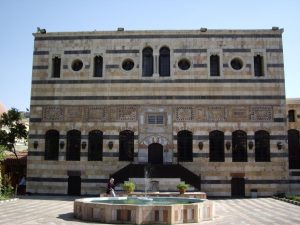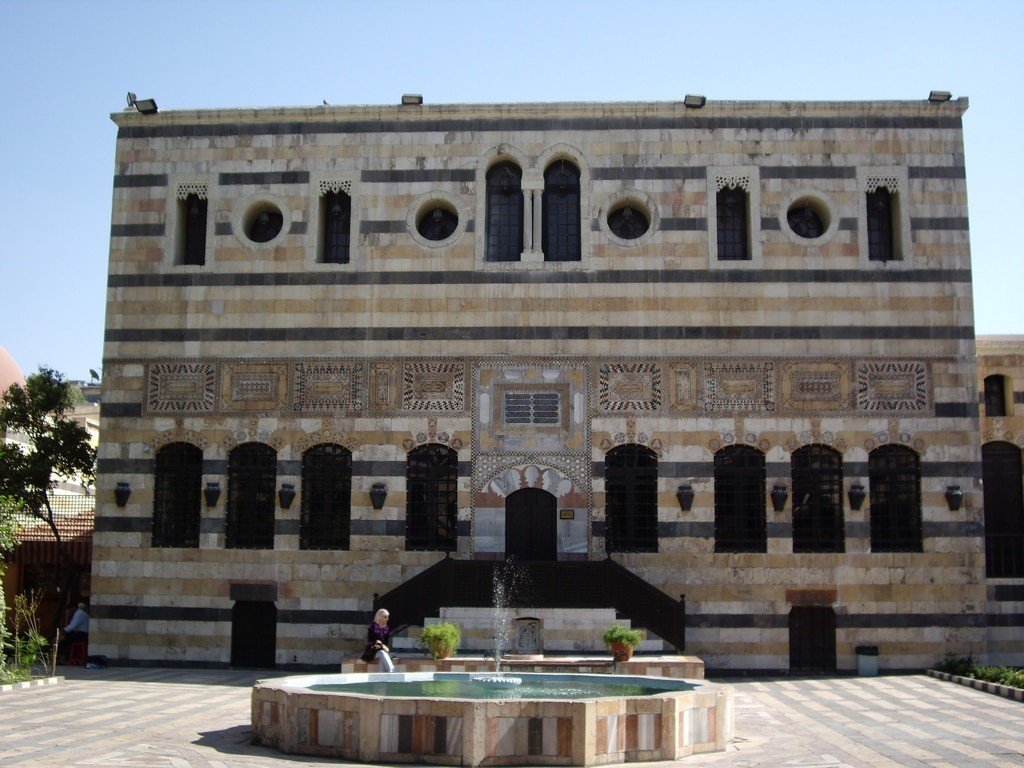
Historical sites are the remnants of the past that reflect heritage and culture of the ancient history. But during the recent times, many of the historical sites around the world damaged due to natural disasters or human interventions. Majority of them are subjected to irreversible damage and as a result of which rich history associated with it also vanishes. But how about preserving the details of the historical sites before a tragedy strikes? This is the notion behind Open Heritage Project. Google in collaboration with CyArk technologies, a 3D scanning non-profit organisation to preserve historical sites around the world. CyArk captures all the relevant data needed to recreate the historical site virtually so that it can be easily accessed any time from a computer or mobile phone or by using a VR headset. So this in a way the rich heritage and culture associated with the historical site can be preserved accurately even if it is damaged permanently.
CyArk is founded in 2003 and is the brainchild of Ben Kacyra, who then was the CEO and co-founder of Cyra technologies. Cyra is mainly involved in providing modelling, laser mapping and CAD products that are used by Architects, engineers and construction firms. In the Afghanistan conflicts in 2001, Taliban permanently destroyed many of the rich historical sites that were 1500 years old. Similar is the case of Taj Mahal in India which has been considered as one of the seven wonders of the world. Recently four minarets of Taj Mahal were destroyed due to heavy winds. Apart from preserving the details of the sites this technology also helps to trace out the areas of damage and help in restoration efforts. According to Chance Coughenhour, a digital archaeologist with Google Arts and cultural division, this technology capture the colour, texture and geometry of the historical sites.
Also Read: Swim with valuables hassle-free with these waterproof shorts sealed with magnets
So far CyArk successfully laser mapped 24 locations from 18 countries including the famous Al Azam Place in Damascus, Syria and Mayan city of Chichen Itza in Mexico. One prominent example is the Ananda Ok Kyaung temple in Myanmar. It was destroyed in an earthquake in 2016 and CyArk was able to laser map the details of the site before it is destroyed. Google is now planning to release the source data created by CyArk. These models will be available online on Google arts and culture mobile apps for iOS and Android. Further, through daydream platform, these apps also support VR tours.








Hello, after reading this awesome article i am also glad to share
my know-how here with mates.